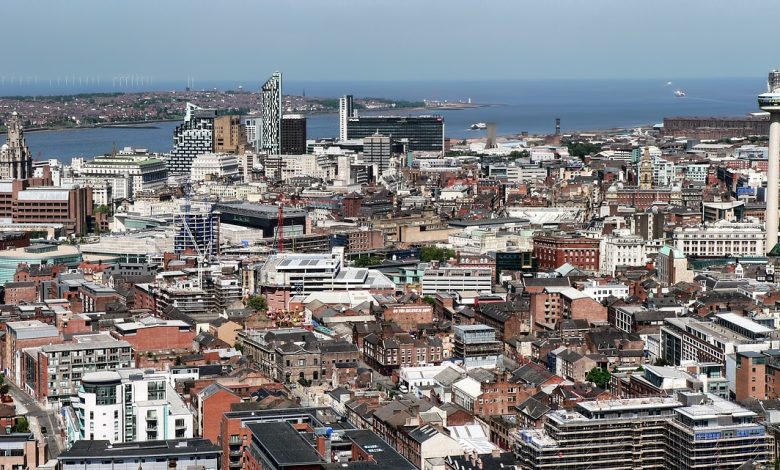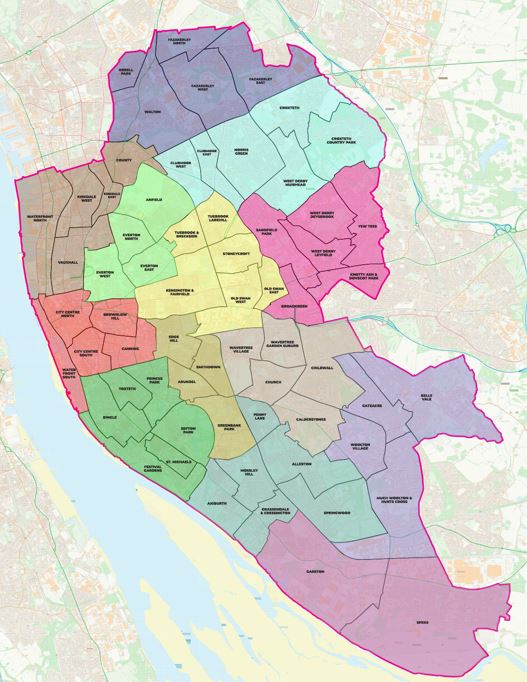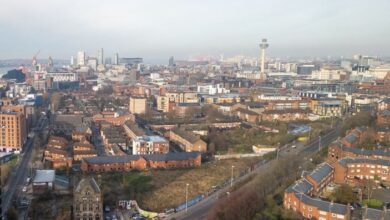Liverpool City Council seeks to transform delivery of key services

Liverpool City Council is set to implement a new Neighbourhood Model to fundamentally transform the way it delivers frontline services for the people of the city.
A report is going to the Council’s Cabinet next Tuesday (18 July) recommending the adoption of the biggest shake up in how Council services are provided and commissioned in more than a decade.

The new model will see the city divided up into 13 Neighbourhoods, each led by a senior manager who will be permanently situated in the area. They will each work with departments across the Council to highlight and tackle the key issues in the area, be it housing, waste management, potholes, parking, or anti-social behaviour.
The landmark proposal, which has been highlighted as a key priority and has a £1.2m budget to recruit a team of 19 officers, will place the Council much closer to its residents enabling it to better understand the need and demand across Liverpool’s diverse communities.
The Cabinet report notes that the implementation of the Neighbourhood Model will be phased, initially focussing on the services within the Neighbourhoods and Housing directorates with a big emphasis on partnership working with other stakeholders in the city and communities.
If approved it is anticipated that recruitment of the new team will begin on a phased basis as soon as possible, with all roles to be recruited by next Spring.
Liverpool City Council has already begun piloting a neighbourhood model style approach, and has partnered with Cobalt Housing to deliver the Croxteth Hub.
Launched in January, the hub has brought together over twenty community partner agencies to offer a ‘one stop shop’ for a variety of essential local services – be it housing, health, employment and skills, benefits advice – so that residents can access support easily and quickly without travelling across the city.
Liverpool’s new Neighbourhood Model will also place an emphasis on using data to improve services, as well as informing and influencing emerging strategies – for example leisure, libraries and property and family hubs in Children’s services – to ensure the needs of each neighbourhood are better understood.
The new model will also support the Council’s priorities on closing the gap on inequalities, giving residents a voice and enabling decisions to be informed by local issues and ultimately improving outcomes for residents and reduce demand for high cost responses.
The four key aims of Liverpool’s Neighbourhood Model programme are to enable:
- More effective joint working across Council services locally with a focus on prevention, improving standards of delivery, maximising our assets and improving outcomes.
- More effective use of data to understand local neighbourhood issues and to inform strategies, service design and delivery on
thean appropriate geographical footprint. - An inclusive, partnership approach, working together to benefit residents and communities and enabling engagement in the decisions that impact their neighbourhoods.
- Reduced duplication, particularly in resolving local issues.
Leader of Liverpool City Council, Cllr Liam Robinson, said:
“This new Neighbourhood Model lays the foundation for a complete reset of how this Council works with – and for – the residents of this city.
“Each community in Liverpool has their own unique issues and challenges and as a Council we need to reflect that in how we design, develop and deliver our services.
“This new model will put the Council at the heart of our communities, placing our eyes and ears closer to the ground than ever before so we can listen and respond much more intelligently and quickly.
“I said I wanted Liverpool City Council to be the best in the country. That’s the goal and it’s achievable if we work with our residents and partners in a more collaborative way. We also have amazing staff with a huge amount of local knowledge which we don’t always use to our advantage. This model will empower people to make decision and take action.
“Our residents deserve better services and we will strain very sinew to deliver them. This is a huge task but this new Neighbourhood model sets out a clear roadmap to becoming much more efficient and effective in how we work with our communities and partners to make Liverpool a better city to live and work in.”




